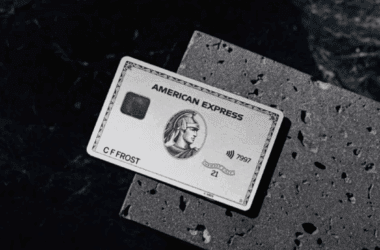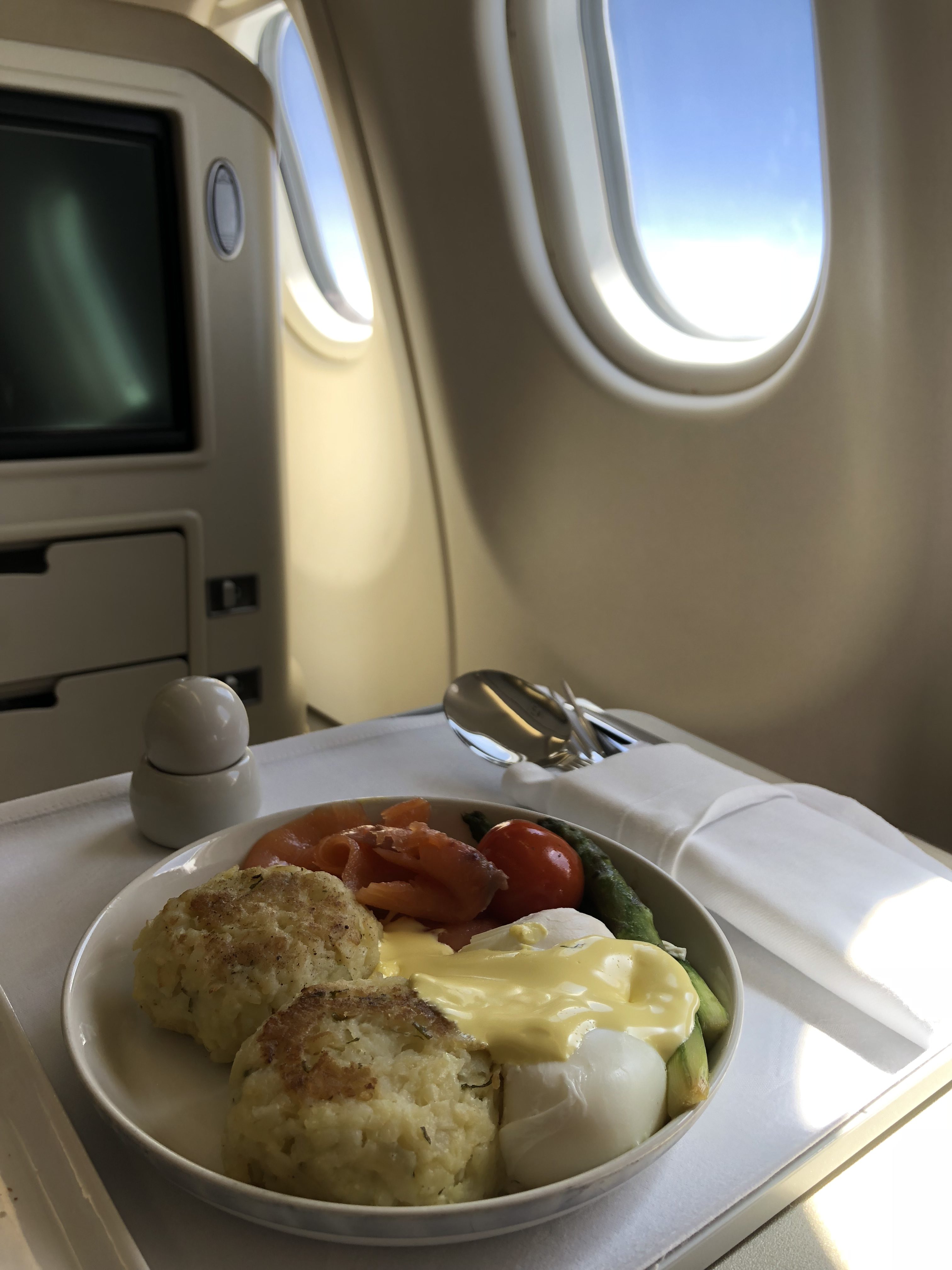News broke on Friday that United was getting rid of its award chart for their MileagePlus program for redemptions on or after November 15th. The blogosphere was buzzing with articles rightly critiquing United’s decision and writing about how it affects travelers.
View from the Wing: United Eliminating Award Charts and Close-in Booking Fees
Doctor of Credit: United To Eliminate Award Charts
One Mile at a Time: United MileagePlus Abolishes Award Charts
Let’s have a look at the various reasons that may have caused this.

Unless you like to do nerdy or dorky things like sifting through 10k reports, you’d probably not find out that a devaluation was coming. I analyze brands, business and media for a living, so I thought I should have a look at United as well. While I don’t think there’s a 100% correlation, but United’s 10k filing offers a lot of clues about what their strategy is going forward with regards to MileagePlus.
You can find the entire United 10k here.
Possible reasons for Devaluation

MileagePlus redemption patterns
“Approximately 5.6 million and 5.4 million MileagePlus flight awards were used on United in 2018 and 2017, respectively. These awards represented 7.1% and 7.5% of United’s total revenue passenger miles in 2018 and 2017, respectively. Total miles redeemed for flights on United in 2018, including class-of service upgrades, represented approximately 86% of the total miles redeemed.”
Analysis: Here’s how I look at it. As per this excerpt, the number of United miles being redeemed was on the rise. However, a significant chunk of miles were redeemed on United’s own metal. 86% of the total miles redeemed were for United’s flights. It means that only 14% were redeemed on partner flights.
Prediction: Given that they represent only 14% of total redemptions, I don’t see partner award charts getting devalued in the near term. I’ll wait until I see their 10k for 2019 to talk about what predictions I can make next. 🙂
United’s Growth Strategy (In their own words)
“Growth Strategy: Our priorities for 2019 are delivering top-tier operational reliability and customer service while continuing to execute on our growth plan by strengthening our domestic network through strategic and efficient growth and investing in our people and product.”
Analysis: The focus clearly seems three fold: operational reliability, better customer service and growing their network. I don’t see the word loyalty in the above paragraph. That’s telling. The indication here is to focus on making improvements to product and service and cutting costs (MileagePlus) where possible to boost profits.
Prediction: Now that United has largely copied what Delta did to their SkyMiles program, United will now try to compete with Delta by making enhancements to their product and onboard service.
MileagePlus Sales
“MileagePlus sales. In 2018, we received $1.3 billion more for MileagePlus miles sales to our partners as compared to 2017, mainly due to our domestic co-branded credit card partner fully utilizing the $0.9 billion remaining balance in its pre-purchased miles in 2017. • Advance ticket sales and deferred revenue. Our 2018 traffic growth and yield improvements contributed to a $0.7 billion increase in advance ticket sales and frequent flyer deferred revenue.”
Analysis: United received $1.3 B more for MileagePlus sales to their partners compared to their previous year. As referenced in one of my earlier posts on loyalty, the more the miles in circulation, the more propensity that they’ll eventually get devalued. At some point a decision has to be made. Either gut the rate at which miles are earned or change the way they’re redeemed.
Prediction: I think that we may actually see higher bonuses on the United MileagePlus cards from Chase. By the time people earn and redeem miles from newer sign up bonuses, the devaluation would’ve largely kicked in. Here’s how I arrived at this assessment. United even outlines how they expect people to redeem their miles, as evidenced in the quote below, again from their 10k.
“Of the miles expected to be redeemed, the Company expects the majority of these miles to be redeemed within two years.”
The Pundit’s Mantra
I recently wrote a piece on why Delta’s flash sales aren’t really much to cheer about. Given that United has also devalued its program, I won’t be surprised if United also starts their own ‘flash sales’. I hope they’ll at least come up with a different name.
What’s your opinion about United removing award charts? Do you plan to switch airline loyalty after this recent devaluation? Let us know in the comments section.
Never miss out on the best miles/points deals. Like us on Facebook to keep getting the latest content!












On your last point, probably but not given. Because if you devalue * Alliance chart, it would start moving US customers to other * Alliance loyalty programs and even force foreign carriers to market their program more aggressively. For whatever reason, whether it’s UA, HA, AS, AA or DAL, more than 80% of redemption is on the loyalty program’s metal flights. For me, usually less than 25% of my miles are used on the carrier’s metal flight. From this, we can also pretty safely assume that if people start hording Singapore miles, they are likely to fly Singapore metal, which is not something what UA wants..
Sorry, don’t get your logic here. The % of RPM has actually gone down from 7.7% in 2016 to 7.5% in 2017 and 7.1% in 2018. The 84% number is practically useless. If that number was 50% but RPM was now 10% vs. 7.7%, I would agree. The key number is RPM. The only thing I can think of is that people are hoarding more miles instead of the two year that you talked about and UA wants people to spend those miles to get better visibility for revenue forecasting.
Thanks for reading TPP. Fair point. The decline in RPM (as you rightly pointed out) means that United is actually doing badly with their strategy. If people are hoarding miles and eventually redeeming them, then where are they redeeming them? I for one have hoarded United miles in the past only to fly on its Star Alliance partners internationally. I think the 84% number is still relevant because it represents that a major chunk is still being redeemed for flights on United metal. If more people start maximizing Star Alliance partner awards and start flying premium cabins on partner airlines, we may see the partner chart also get a hit in the upcoming years.
On your last point, probably but not given. Because if you devalue * Alliance chart, it would start moving US customers to other * Alliance loyalty programs and even force foreign carriers to market their program more aggressively. For whatever reason, whether it’s UA, HA, AS, AA or DAL, more than 80% of redemption is on the loyalty program’s metal flights. For me, usually less than 25% of my miles are used on the carrier’s metal flight. From this, we can also pretty safely assume that if people start hording Singapore miles, they are likely to fly Singapore metal, which is not something what UA wants..
AS is one of my favorite programs for partner redemptions. There’s some amazing value there on premium cabin flights.
i’m like you, and use my miles mostly for star alliance partners’ international premium cabins. united is a convenient vehicle for making these flts happen: they are a chase transfer partner, and UA’s website easily shows partners’ flts.
any suggestions on where i should transfer my ultimate rewards pts to instead to book star alliance flts?
I’d suggest that you not transfer your points over to any partner without having a specific redemption in mind. I have a stash of UR points but transfer them out only when I need them. This is one of my favorite redemptions of United Miles, which I transfer from UR. It suits my schedule the best and saves a lot of time: https://travelupdate.com/the-fastest-way-to-travel-from-san-diego-ca-to-india/
I also use my UR points frequently for Hyatt stays.
Well, if the goal was to make people earn less United miles to help balance things out, they succeeded with me. Where I think United is being shortsighted is in assuming that burning their most engaged frequent flyers is going to be beneficial in the long term. Ask Marriott how spending on their Amex cards is going.
Well, people are actually earning more miles, but thru the Chase cards. The addition of 2x categories on the United Chase card is a recent change. However, we’re earning fewer United miles by actually flying. So if you fly from SFO-EWR on a $250 fare, you’d earn very few miles as opposed to how things used to be in the past when most of the programs were distance based.
I’m a little confused on these changes. MilagePlus is going to be dynamically priced for UA metal but not for partners? So if I find space via UA site with say EVA business class from IAH-HKG, it’s currently priced at 90k one-way; does the new pricing change this?
https://3ie87c2dond928rt2e2zzo8o-wpengine.netdna-ssl.com/wp-content/uploads/2019/04/united-award-chart.pdf Here are the current award charts. Barring Star Alliance partner awards, others will change.